Soil
-
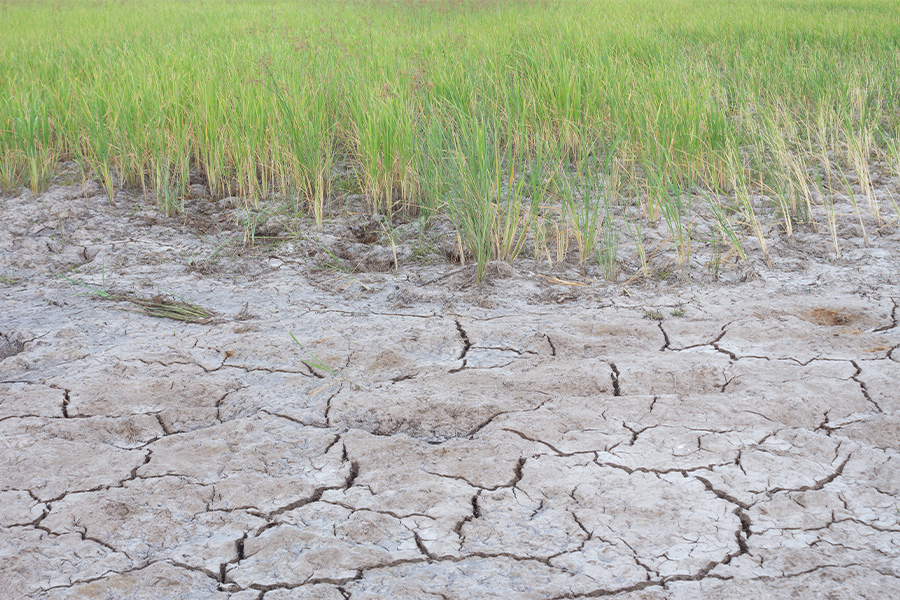
The University of Georgia Agricultural and Environmental Services Laboratories offer soil salinity testing to help farmers and the general public diagnose and manage problems associated with soil salinity. By definition, a saline soil contains excess soluble salts that reduce the growth of most crops or ornamental plants. This publication discusses soil salinity testing, data interpretation and recommendations, specifically those pertaining to the University of Georgia.
David E. Kissel Ph.D, Uttam K. Saha, and Leticia S Sonon
|
-
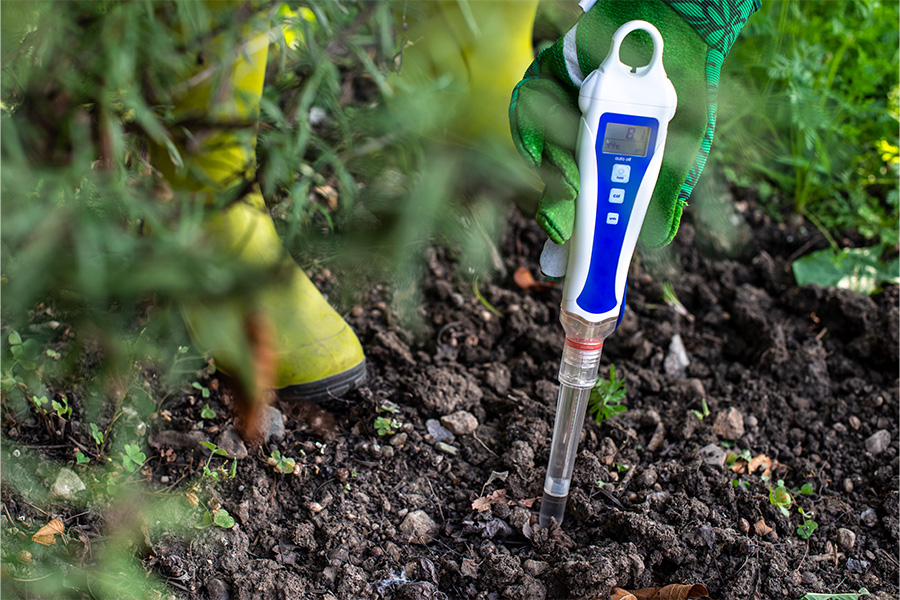
This resource explains a new method developed through UGA research that helps growers determine the amount of lime needed to correct their soil pH. It is useful for producers and soil-testing lab technicians.
Jason Lessl, David E. Kissel Ph.D, and Paul F. Vendrell
|
-
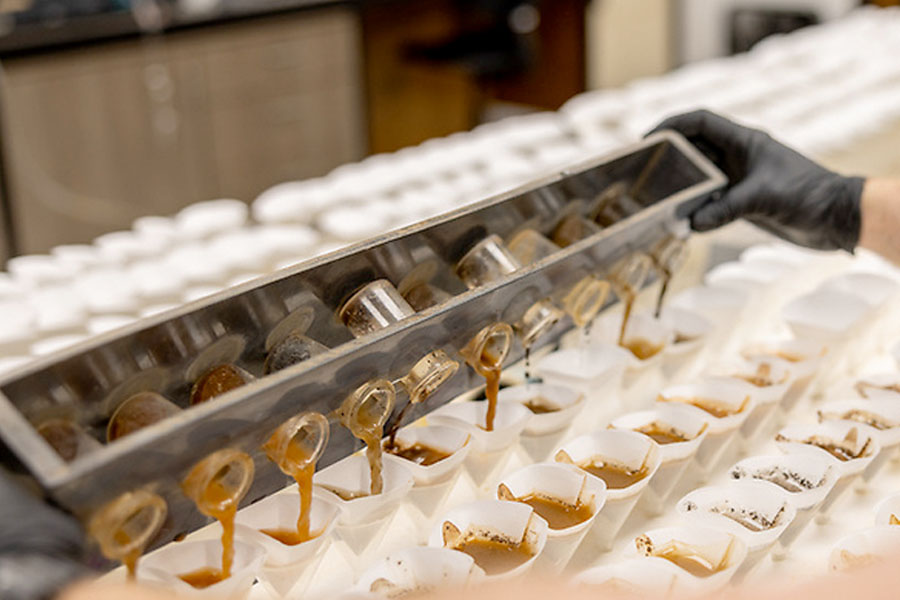
Soil test extractants are chemical solutions used to dissolve or exchange nutrients in soil samples. They are used when performing soil analyses to determine nutrient recommendations.
Daniel L. Jackson, Jason Lessl, and Henry Y. Sintim
|
-
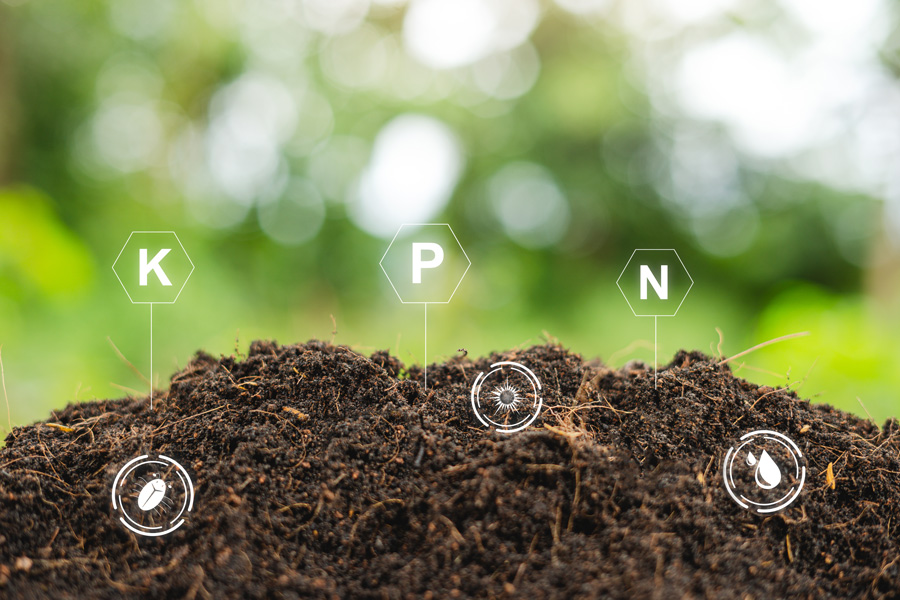
Proper use of treated industrial wastes contributes to the circular economy and reduces wastes that would have been disposed of in landfills or by incineration. This publication clarifies Georgia’s legal definition of “soil amendments” and highlights current policies governing the application of processed wastes on farm lands in Georgia. Compliance with these regulations maintains a quality environment in Georgia and ensures the long-term sustainability of manufacturing and food processing industries.
Henry Y. Sintim
|
-
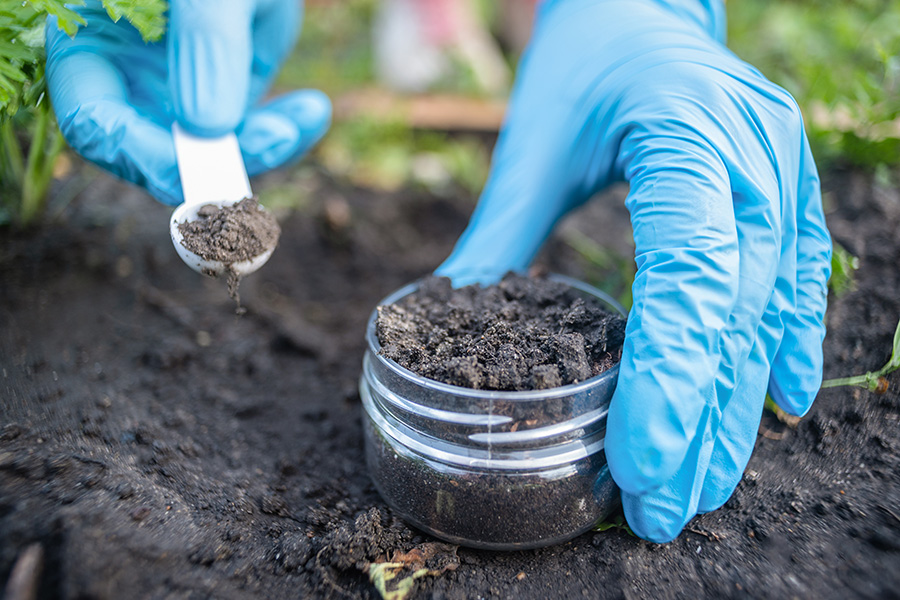
Developing and maintaining productive soils begin with soil testing. Soils tests provide information on the soil’s actual nutrient status. Test results are used to determine the amount and kind of nutrients that should be added for the best growth of lawn, garden, and other types of plants.
Jason Lessl
|
-
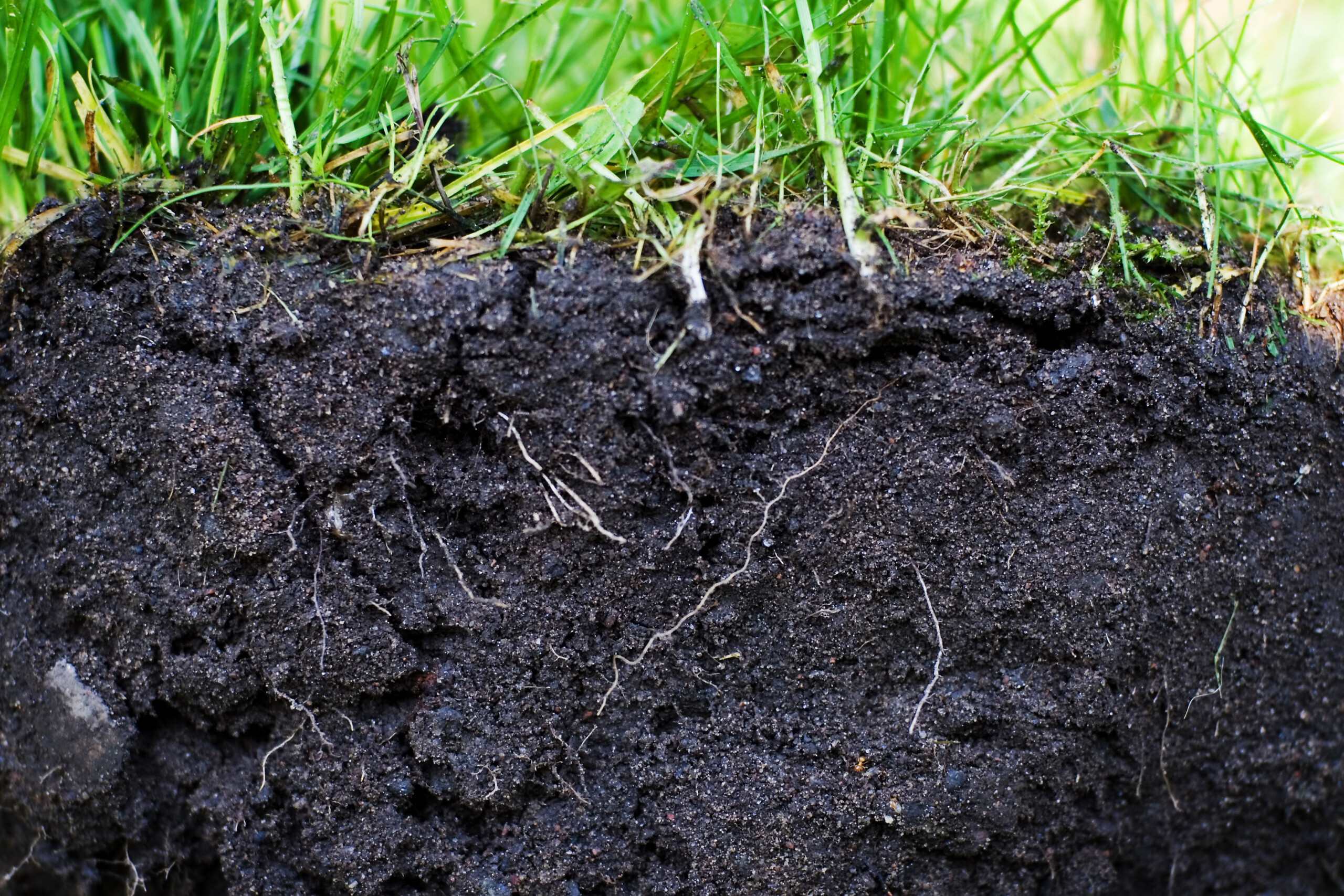
C 1299
Soil Organic Matter
Soil organic matter (SOM) is a complex mixture of plant and animal tissues, and plays an important role in the physical, chemical, and biological processes in the soil. This publication describes how SOM contributes to overall soil fertility, factors controlling SOM abundance, and what cultivation practices growers can use to increase SOM in their soils.
Miguel L. Cabrera, Daniel L. Jackson, Jason Lessl, and Josh Fuder
|
-

This publication provides information on selecting an optimal soil sampling grid size that can accurately depict spatial nutrient variability within the fields in the southeastern US and helps in informing precision site-specific nutrient applications.
Jason Lessl, Simerjeet Virk, and Glendon H. Harris
|
-
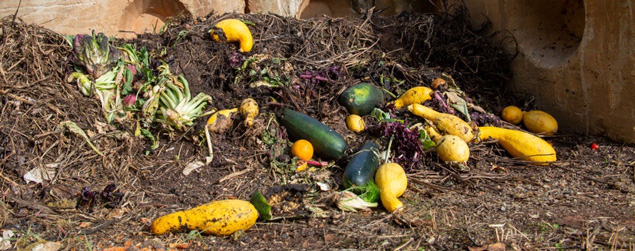
Whether from a local store, regional supplier, or another farmer down the road, understanding where your soil amendments come from and how they were handled prior to reaching your farm or garden is necessary to ensure you are sourcing the highest quality product with the lowest amount of risk.
Laurel Dunn and Ted McAvoy
|
-

Composting is the controlled biological process of decomposition and recycling of organic material into a humus-rich soil amendment known as compost. Mixed organic materials such as manure, yard trimmings, food waste and biosolids must go through a controlled heat process before they can be used as high quality, biologically stable and mature compost (otherwise it is just mulch, manure or byproduct). Compost has a variety of uses and is known to improve soil quality and productivity as well as prevent and control erosion.
L. Mark Risse, John W. Worley, and L. Britt Faucette
|